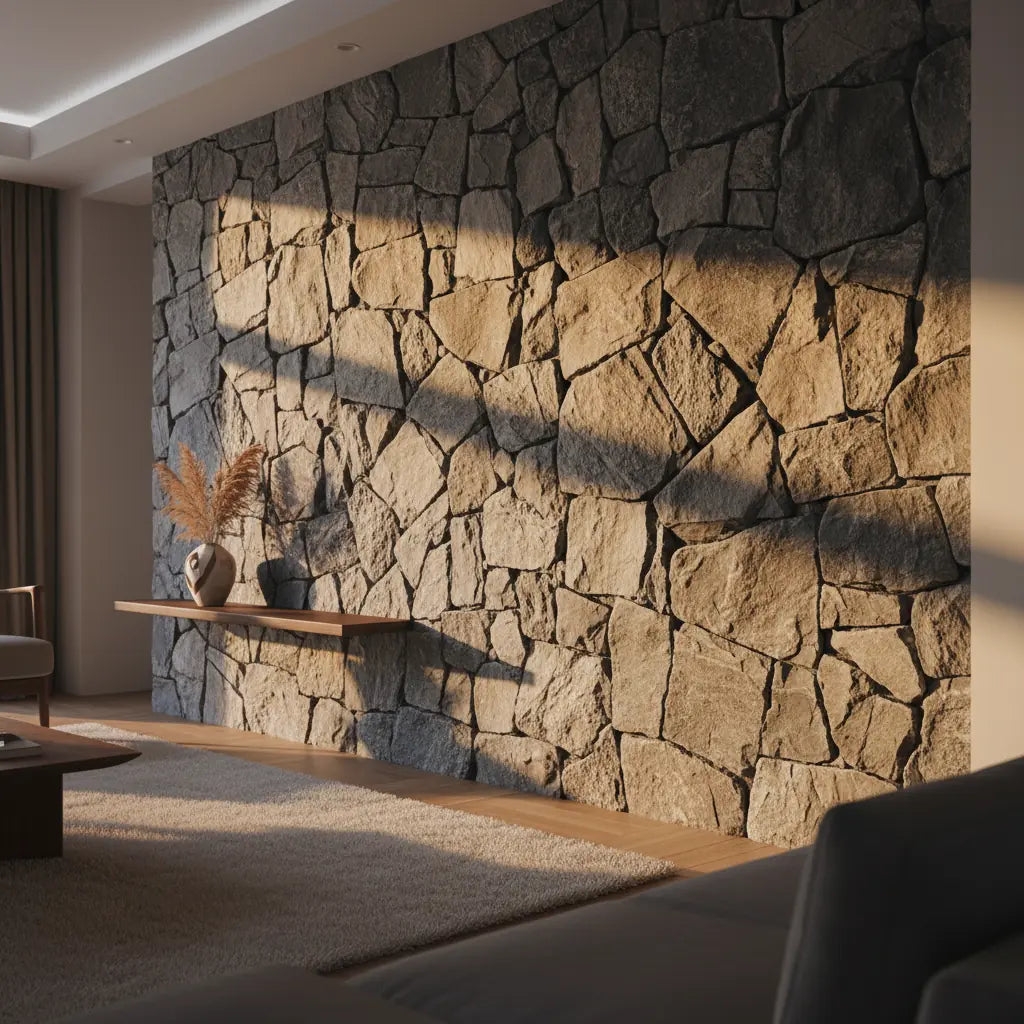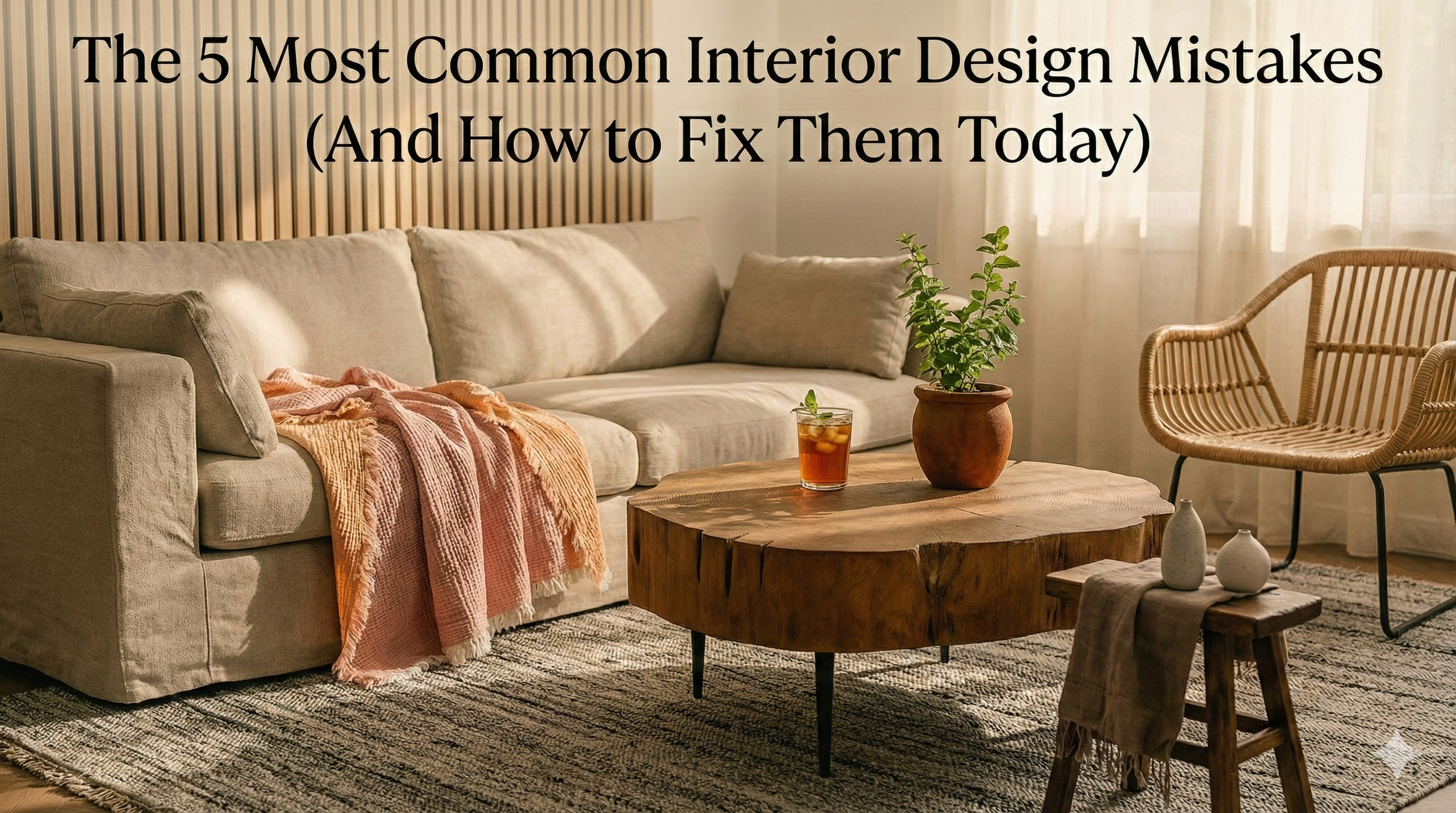A Guide to Designing a Japanese Restaurant Interior
Japanese restaurant interior design is about creating an atmosphere that is the essence of Japanese culture: serene, elegant and connected to nature. Whether you’re going for a traditional or modern look, this guide will help you to create a space that will appeal to the guests and make their dining experience special.

Key Elements of Japanese Restaurant Design
1. Natural Materials
- Use wood, bamboo, stone, paper, etc. to give a natural and cozy look. These are the materials that are used in the Japanese interiors and give a feeling of being in harmony with nature[1][3].
- You can use tatami mats or shoji screens to give it an authentic look. Stone can add a natural look to the space and make it look earthy[3].

2. Minimalism
- Follow the “less is more” approach. Avoid clutter and make sure that the space is clean and uncluttered to give the customer a peaceful space[3][6].
- Simple and functional furniture should be chosen in order not to distract the guests from the food which should be the main focus of the meal[7].

3. Zen-Inspired Features
- Use elements like plants, bonsai, or small Zen gardens to bring calmness to the space[1][8].
- The soothing atmosphere can be enhanced by water features such as fountains or koi ponds that will also make diners feel connected to nature[8].

Color Palette
- Stick to neutral tones like beige, brown, white, and muted greens to create a soothing ambiance[1][3].
- Add some color with decor or accents, for example, deep reds or golds, but not too much to overwhelm the space[7].
- For a modern approach, you can use minimalist neutrals such as black and gray with sleek metallics[7].

Lighting
- Use soft, diffused lighting to create an intimate ambiance. Lantern-style fixtures or pendant lights with warm tones work well[1][5].
- Use directional spotlights to highlight certain areas like sushi bars or artwork for better visual interest[7].
- Natural light is essential—large windows or sliding doors can help bring in daylight while maintaining an open feel[3].

Furniture and Layout
1. Dining Areas
- A traditional dining area with low wooden tables and floor cushions (zaisu chairs) and standard tables for comfort[1][7].
- Create different areas for different dining experiences such as private booths, communal tables, or sushi counters where the guests can watch the chefs prepare the food[6].

2. Ergonomics
- Simple yet comfortable furniture that is consistent with the theme should be chosen. Consider custom designs that incorporate traditional Japanese craftsmanship into modern needs[5][7].
3. Flow
- A smooth flow between spaces should be ensured. The open layouts with sliding partitions will help maintain privacy without compromising on the openness of the restaurant[6].

Decorative Elements
1. Art and Craftsmanship
- Use handcrafted pottery, calligraphy scrolls, or traditional textiles to create focal points. These items tell a story while enhancing cultural authenticity[3][5].
- Decorative elements like saké displays or cherry blossom motifs can be used to enhance the Japanese culture[2].

2. Nature-Inspired Decor
- Bamboo accents, stone features, and floral arrangements (e.g., ikebana) can bring the beauty of Japanese landscapes into the interior[5][8].
3. Wabi-Sabi Aesthetics
- Natural textures like aged wood or uneven stone surfaces should be embraced in order to display imperfections. This philosophy is about simplicity and impermanence[8].

Modern Fusion Ideas
If you are combining traditional elements with modern styles:
- Terrazzo countertops or polished concrete floors with wooden tones for a modern look[6].
- Add some life to the space with sleek lighting fixtures or bold accent walls in vibrant colors and still keep the cultural roots intact[7].

Final Thoughts
Creating a Japanese restaurant interior design is about striking a balance between traditional and modern while creating a welcoming space that will appeal to customers. Thus, by paying attention to the natural materials, thoughtful lighting, minimalist decor and cultural elements, it is possible to create an environment that not only will improve the dining experience, but also will make a lasting impression. The guidelines in this article will serve as your guide to develop an authentic Japanese dining space from the beginning of your venture or when renovating an existing area.







